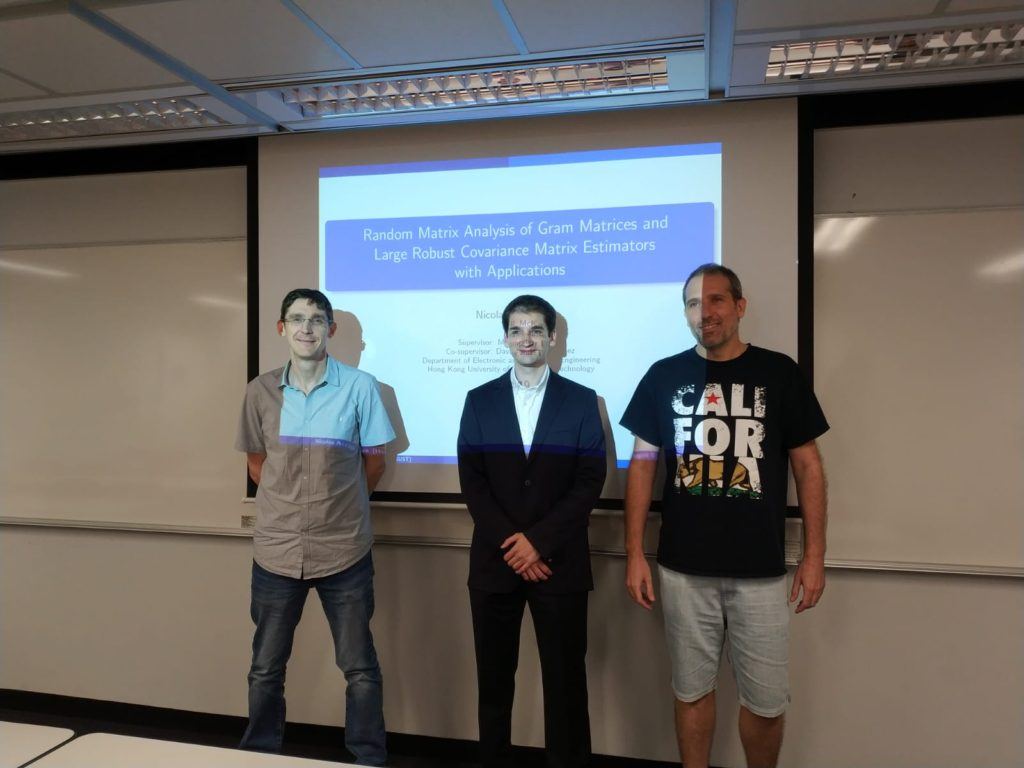Our Sinica paper selected for JSM special session
Our Statistica Sinica paper “Asymptotics of eigenstructure of sample correlation matrices for high-dimensional spiked models” with Iain Johnstone and Jeha Yang (Stanford) and Matthew McKay (HKUST) has been selected to be part of Sinica’s invited special session at the Joint Statistical Meetings (JSM) 2020. Sinica hold an invited session at JSM (a huge stats meeting) only once every 2 years. Last time there were only 3 papers in the Sinica special session.


